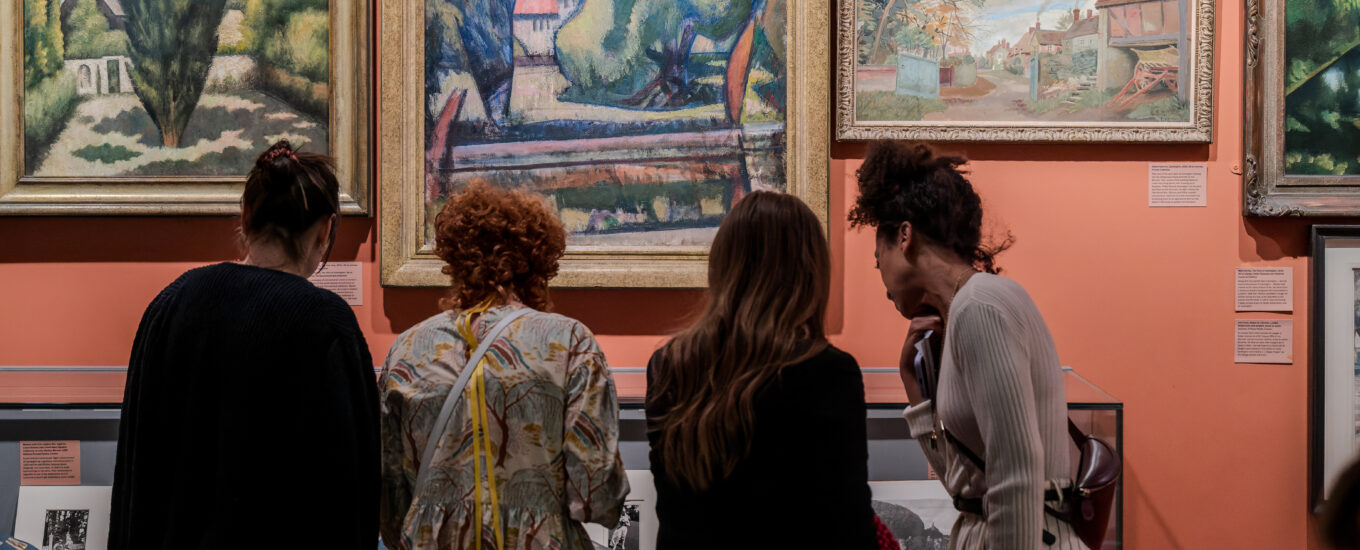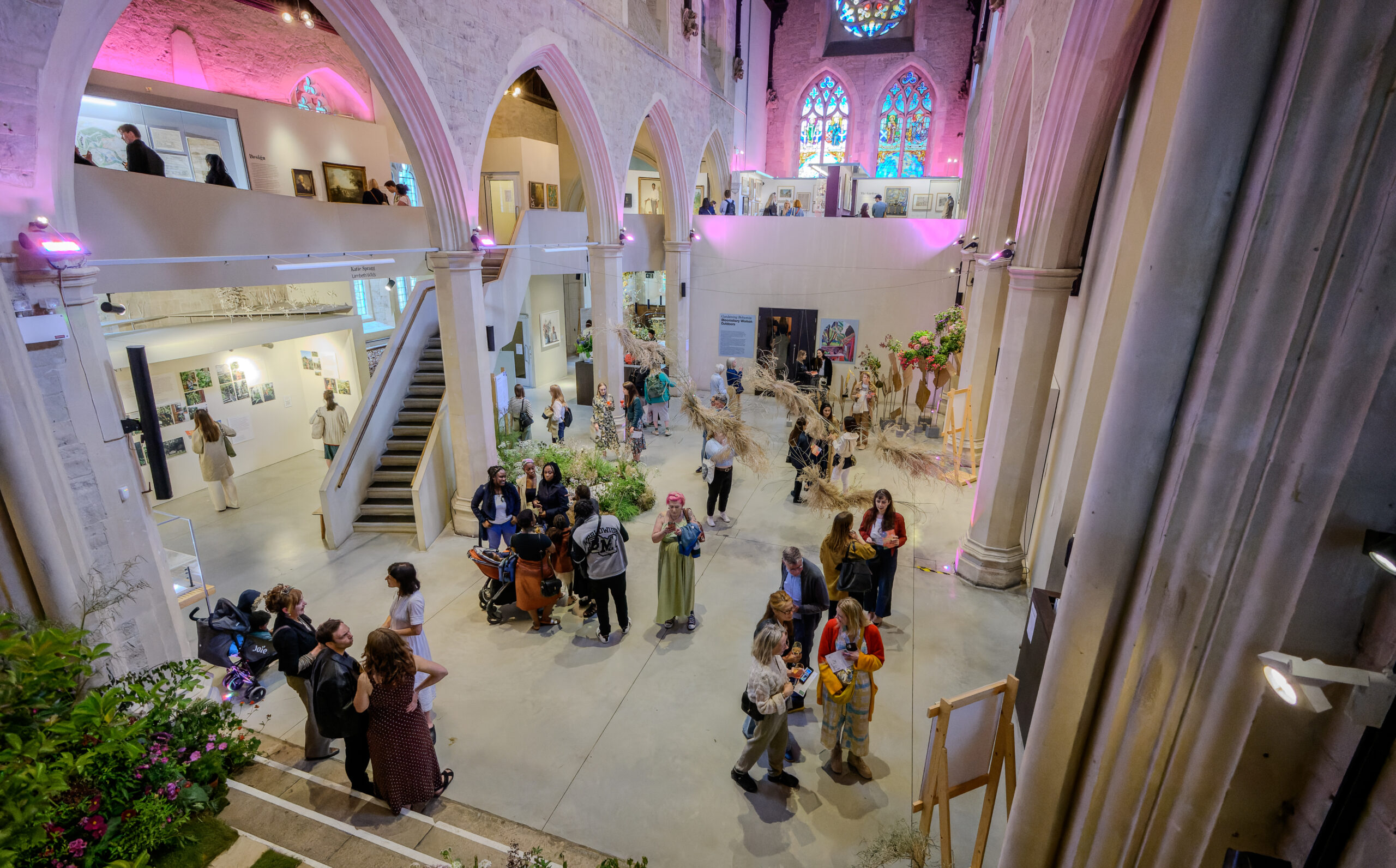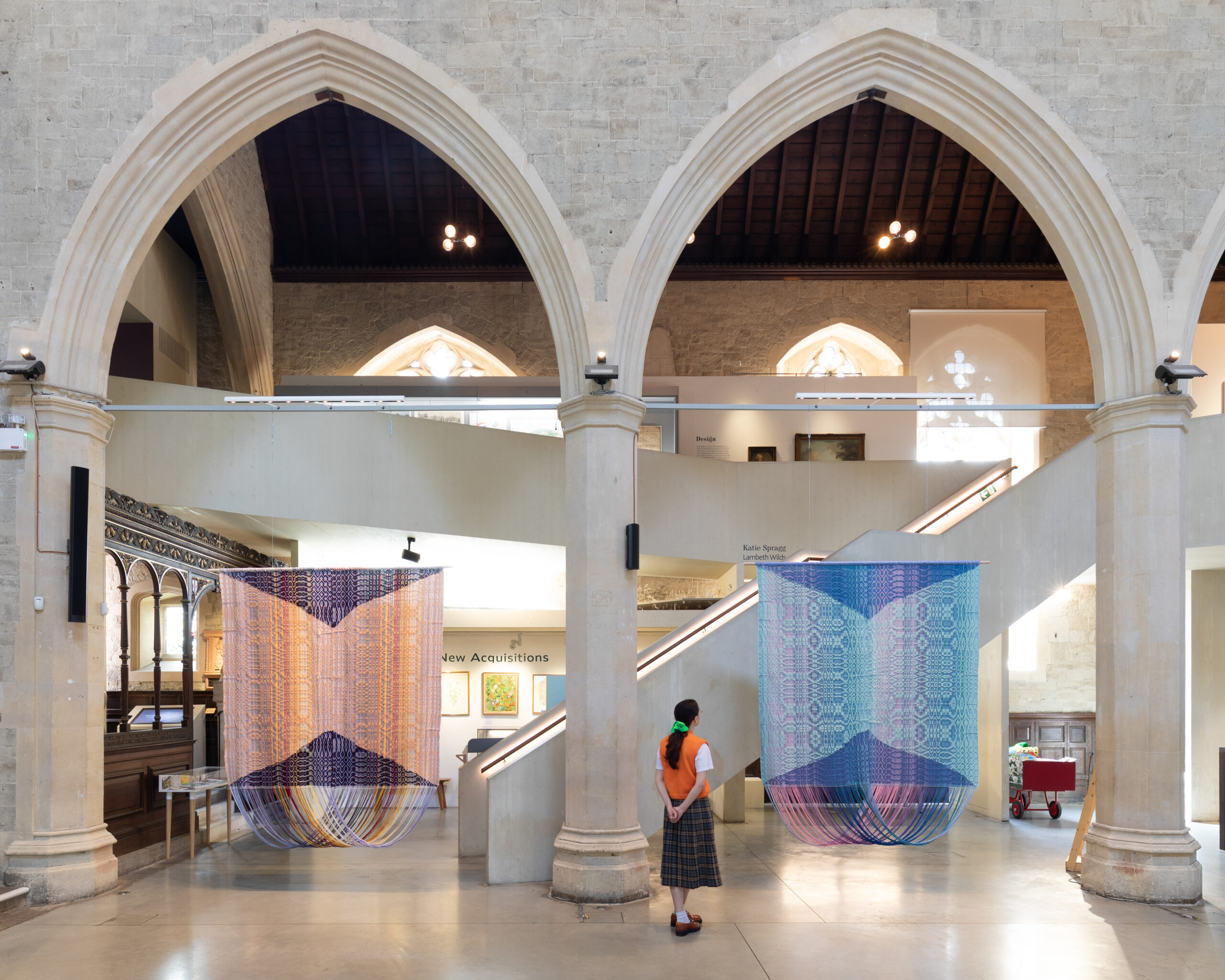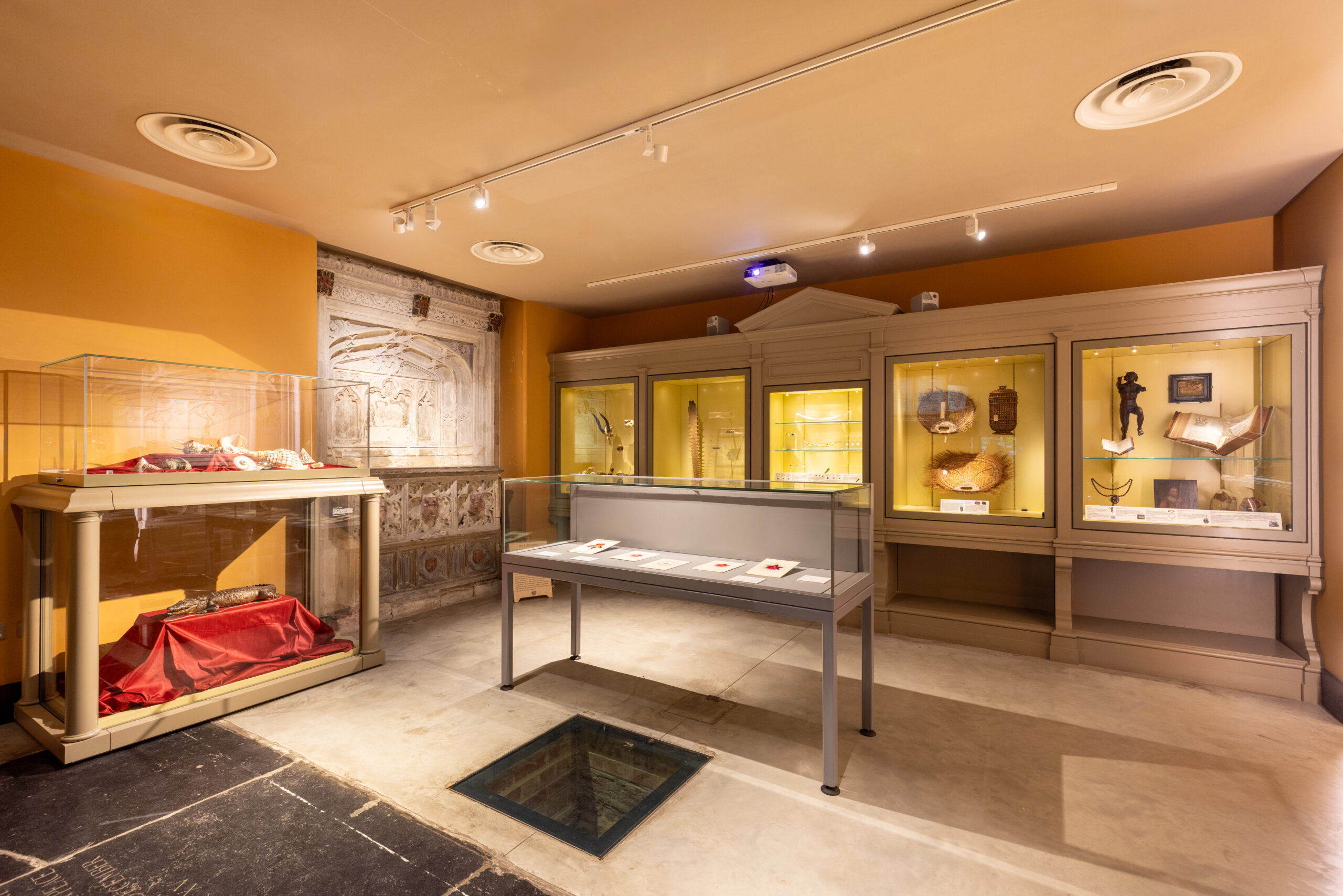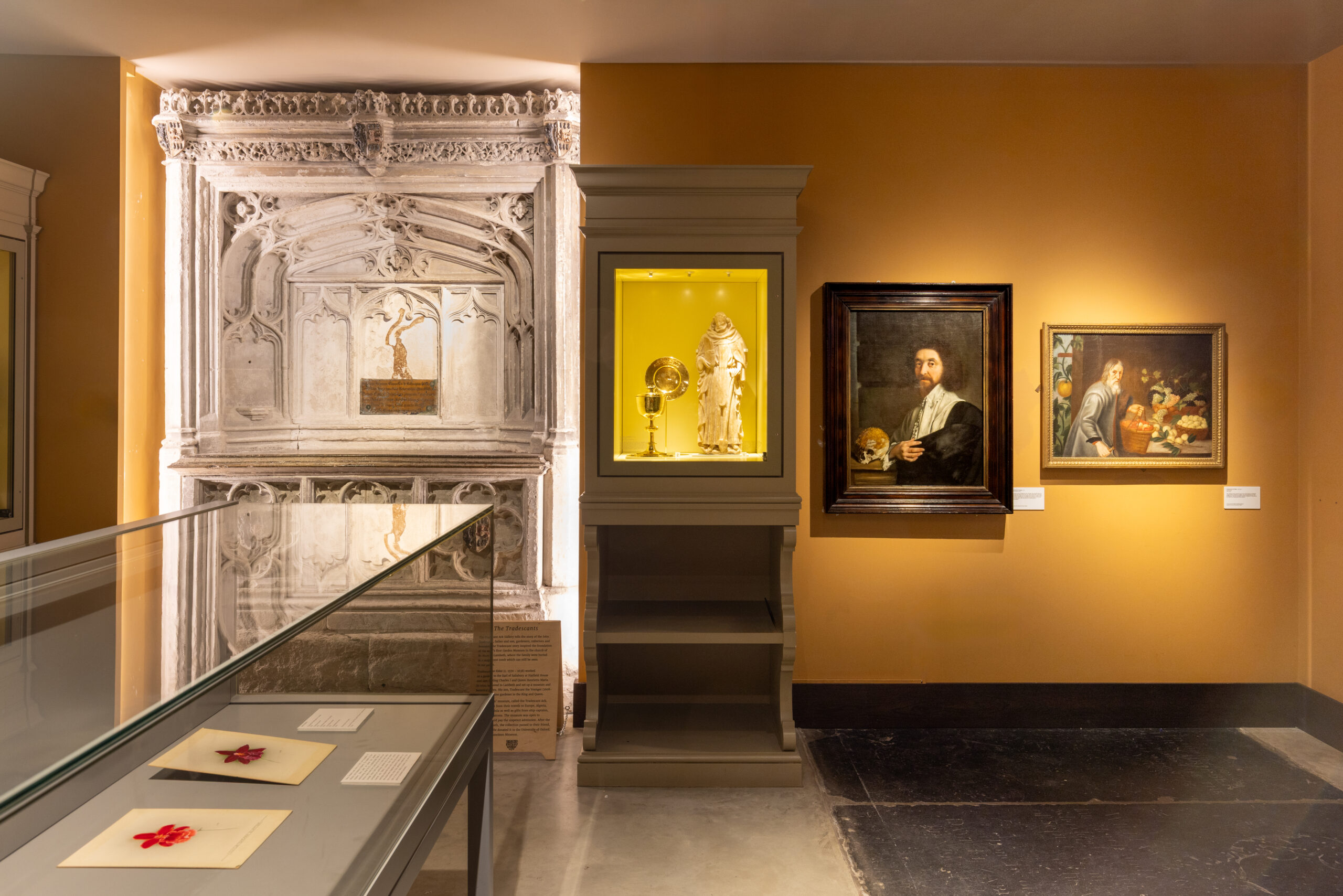Explore The Museum

Collection Gallery
Our collection tells the story of British gardening from the 16th century to today

The Ark Gallery
Explore the life of John Tradescant (c.1580–1638), the gardener who founded Britain’s first public museum at his Lambeth house
more to explore
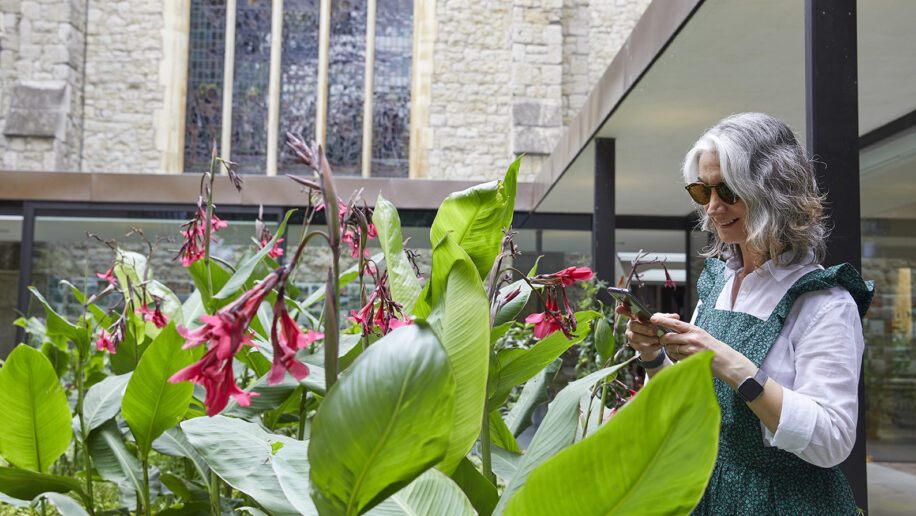
Our Gardens
A green oasis in the heart of the city, our gardens include a peaceful courtyard and a community garden open to all

Garden Café
Complete your visit with a meal at our award-winning Garden Café, serving a seasonal modern European menu

Archive
Preserving the working records of leading British garden designers for future generations

Our History
The history of the Garden Museum dates from the medieval era to the present day
